Reviewed by Jeffrey Sanzel
“A real failure does not need an excuse. It is an end in itself.” The Gertrude Stein quote is an epigraph for the novel A Family Failure, August Franza’s story of “an ungrateful son.”
A Family Failure follows Heinz “Hank” Drummer, eldest son of a real estate tycoon. However, Hank is a perpetual disappointment to his father, “The General,” who preaches one lesson: “Be a killer.”
Hank has been raised in a world where “The General worked 14 hours a day raising hell and then he’d come home with his pockets filled with gold and raise some more hell and then get on the phone and do the business til midnight, raising more hell.”
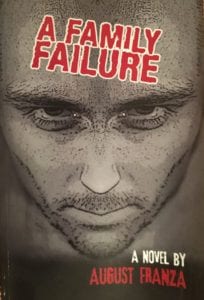
Hank has no instinct for this life or the drive to find it: “I was number one, ready to take over the business when I was supposed to be ready. But I didn’t want to be ready. I was never ready. I was a dangler.”
Instead, the empire falls to his aggressively colorful younger brother, Sammy, who becomes the heir apparent. Sammy stumbles into his father’s footsteps and then onto great political heights. Hank has only contempt for “the little squirt.”
If Sammy resembles a certain person in governmental power, it is by no means a coincidence: “Sammy B. Drummer … turned into Daniel B. Drummer, a disaster of a human being and, following on, through the years and decades, a danger to everyone.”
The book opens with the Village Voice’s announcement of Hank’s death. From there, the majority of the book chronicles Hank’s personal story as he shares it with Gus, bartender at The Purple Mist.
Forty-three-year-old Hank is many things: an alcoholic whose most reliable friend and “real therapy” is Jim Beam; a self-described failure; a man in search of himself, committing suicide-by-liquor.
Through his foggy narrative, he shares the fascinatingly ugly family history, beginning with the cutthroat German-born grandfather to his perpetually disappointed parents and finally to his famous sibling.
A great deal of the narrative focuses on Hank’s banishment to Livonia, a second-rate business college, where he majors in not working, driving a red Corvette and trying to assemble his own niche group: The Fugitives.
Hank wants to be seen as an outsider and yet find a place to belong. He manages to assemble a handful of disparate souls but the combination is odd and ultimately destructive. Hank attempts to carve out a place as a pseudo-intellectual (knowing The General would despise this) but even fails on this count.
The book is outrageous and crosses many lines. But Franza is a gifted writer who knows how to navigate a strange yet wholly recognizable universe. He is a strong writer with an ear for what is both real and lyrical. When Hank is most inebriated, he is synthesis of poetry and wet brain. It is a unique voice that makes us wonder if these are drunken rants or epiphanous clarity.
The story touches on Hank’s two failed marriages and his current affair with the equally alcoholic Camille. Hank’s relationships, personal and professional, are toxic. There is a gray cloud that has permeated his every choice. His is a brutal story of disconnect that Franza is able to paint in intensely painful shades.
The final quarter of the book enters the contemporary arena as Hank brings Sammy to the forefront. In an unusual and original shift, the present is seen through the eyes of Hank’s ultra conservative and extremely paranoid dentist. (Dr. Linkoff’s skewed perspective is introduced when Hank is in the chair.)
It is further explored through the dentist’s posthumous missive that is the close of the book. Here a fascinating take on the current climate. Franza’s wordplay reaches new levels in this bizarre anti-Wonderland.
With A Family Failure, August Franza has created a postmodern novel bristling with challenging ideas and a wildly insightful core.
About the author:
August Franza has published 27 novels and is planning to make them an even 30.
The East Setauket resident has a doctorate in English literature and literary criticism, and his life’s work is held in the archives of the State University of New York at Stony Brook.
Along with his wife and family, writing is his life’s work. He likes to quote T.S. Eliot who said, “It is necessary for poets to take chances, to go too far and risk complete failure.”
Franza’s latest novel, A Family Failure, is available online from Amazon and Barnes & Noble and through local bookstores.
Visit the author’s website at www.augustfranza.com.

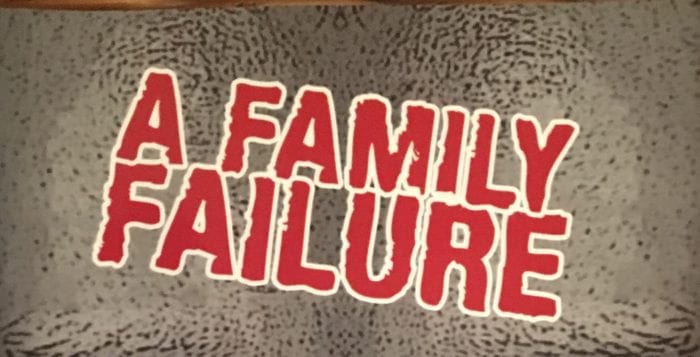

 Author and journalist Candace Bushnell heads to the Cinema Arts Centre, 423 Park Ave., Huntington on Monday, Aug. 12 at 7:30 p.m. for Long Island LitFest. In conversation with author Ellen Meister, Bushnell will discuss her life, the impact of “Sex and the City” and her new novel, “Is There Still Sex in the City?”Tickets are $50 and include a copy of Bushnell’s new book, audience Q&A and book signing reception. Visit www.cinemaartscentre.org to register.
Author and journalist Candace Bushnell heads to the Cinema Arts Centre, 423 Park Ave., Huntington on Monday, Aug. 12 at 7:30 p.m. for Long Island LitFest. In conversation with author Ellen Meister, Bushnell will discuss her life, the impact of “Sex and the City” and her new novel, “Is There Still Sex in the City?”Tickets are $50 and include a copy of Bushnell’s new book, audience Q&A and book signing reception. Visit www.cinemaartscentre.org to register.![Cant Give it Away_cover_v2.3[1]](https://tbrnewsmedia.com/wp-content/uploads/2019/07/Cant-Give-it-Away_cover_v2.31-e1564167504488-700x357.jpg)

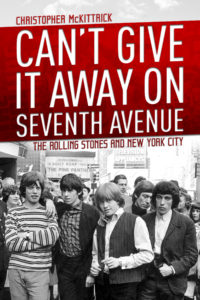 The book picks up with the band when it is first establishing itself. We are treated to the intrigue, the late night clubs, the relationships and marriages, the celebrities (everyone from Andy Warhol to Bill Clinton), hotel destructions and, of course, the drugs. The Rolling Stones are almost a history of the changing drug use and drug culture in the 20th century. Wild parties, addictions, police raids and arrests, stints in rehab and recovery were a never-ending cycle.
The book picks up with the band when it is first establishing itself. We are treated to the intrigue, the late night clubs, the relationships and marriages, the celebrities (everyone from Andy Warhol to Bill Clinton), hotel destructions and, of course, the drugs. The Rolling Stones are almost a history of the changing drug use and drug culture in the 20th century. Wild parties, addictions, police raids and arrests, stints in rehab and recovery were a never-ending cycle. 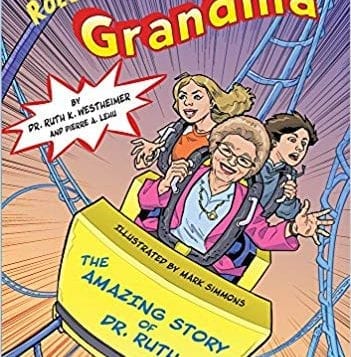
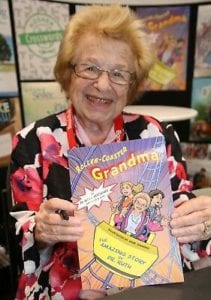
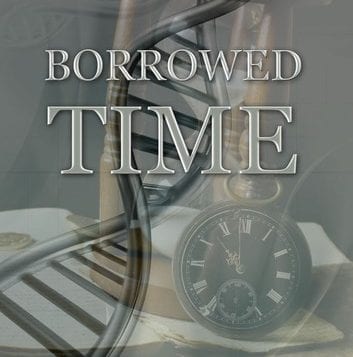

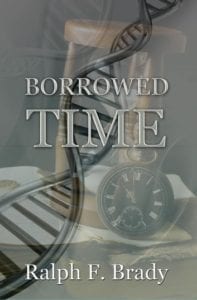 Brady has meticulously researched turn-of-the-century Long Island and paints both a community and global picture of the time. There is great fun in many local references, both past and present. For example, the train from Brooklyn to Greenport is always on time as there are only four stops.
Brady has meticulously researched turn-of-the-century Long Island and paints both a community and global picture of the time. There is great fun in many local references, both past and present. For example, the train from Brooklyn to Greenport is always on time as there are only four stops.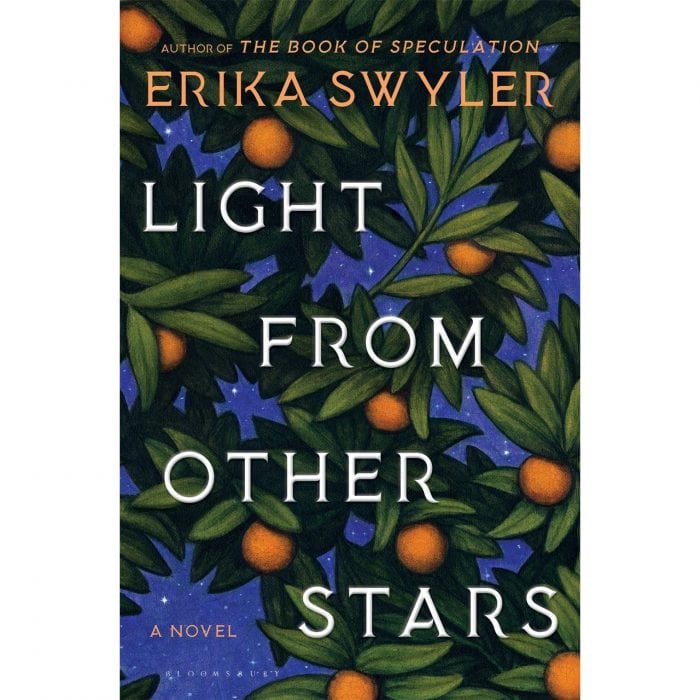

 Small details of the day-to-day struggle, both physical and emotional, are juxtaposed with larger themes and the crisis that they are immediately facing. From the first moments of the book, the stakes are genuinely high.
Small details of the day-to-day struggle, both physical and emotional, are juxtaposed with larger themes and the crisis that they are immediately facing. From the first moments of the book, the stakes are genuinely high.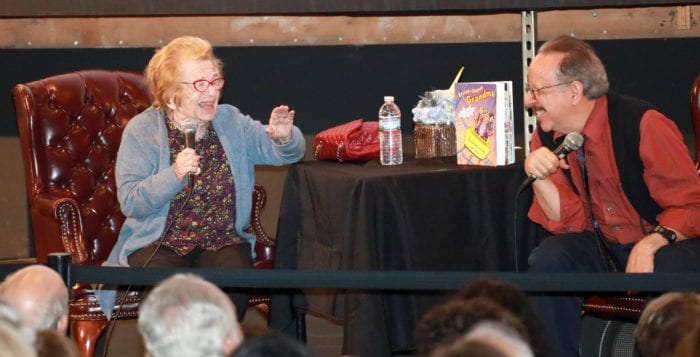
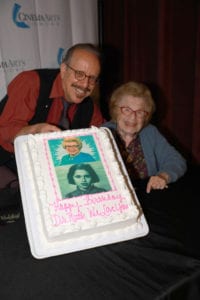
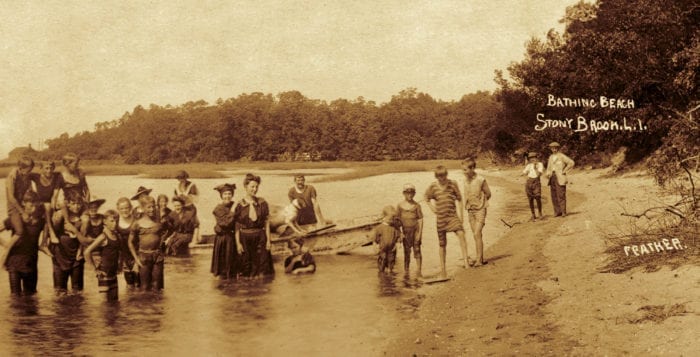
 Kristen Nyitray, the director of Special Collections and University Archives, as well as a university archivist at Stony Brook University, takes readers along for the story of the history of beaches in Nassau and Suffolk counties in her book, “Long Island Beaches” or what she describes as “a facet of Long Island’s social and cultural history and lure of picturesque beaches.”
Kristen Nyitray, the director of Special Collections and University Archives, as well as a university archivist at Stony Brook University, takes readers along for the story of the history of beaches in Nassau and Suffolk counties in her book, “Long Island Beaches” or what she describes as “a facet of Long Island’s social and cultural history and lure of picturesque beaches.”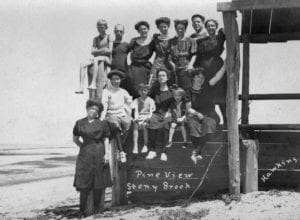
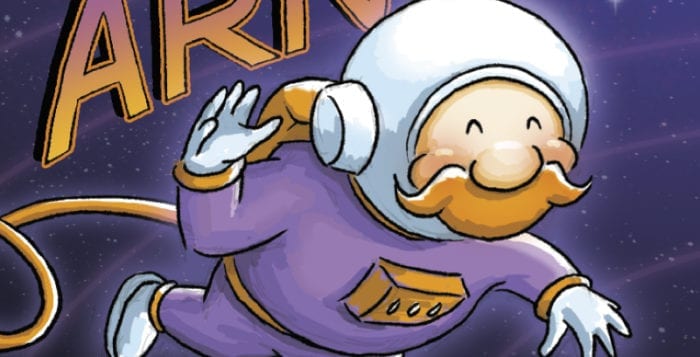

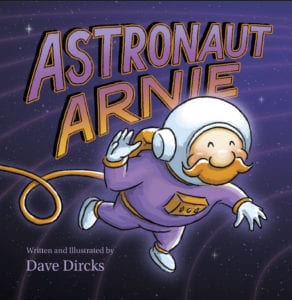 At the time, he didn’t have a name, but I had a story about an astronaut that kept oversleeping on his journey to Mars. It was a way for me to teach them a bit about the solar system while still being funny and goofy, which my kids liked. Arnie has great ambition, but he’s also imperfect, and they really responded to that.
At the time, he didn’t have a name, but I had a story about an astronaut that kept oversleeping on his journey to Mars. It was a way for me to teach them a bit about the solar system while still being funny and goofy, which my kids liked. Arnie has great ambition, but he’s also imperfect, and they really responded to that. 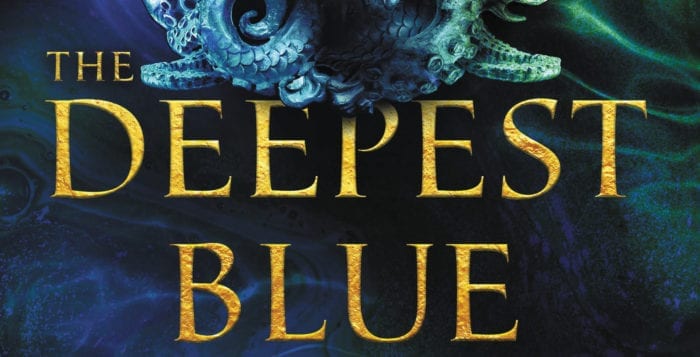

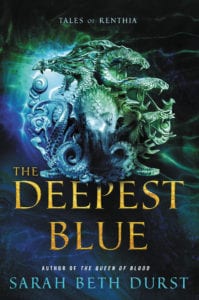 Heirs “… were, in many ways, above the law. They were trained to fight threats to the islands. Trained to fight spirits …” It is the strongest women who need to become heirs, to fight the wildest and most dangerous of spirits. Whenever wild spirits are going to attack the islands, the queen becomes aware of their encroaching presence and sends the heirs to subdue them.
Heirs “… were, in many ways, above the law. They were trained to fight threats to the islands. Trained to fight spirits …” It is the strongest women who need to become heirs, to fight the wildest and most dangerous of spirits. Whenever wild spirits are going to attack the islands, the queen becomes aware of their encroaching presence and sends the heirs to subdue them.


